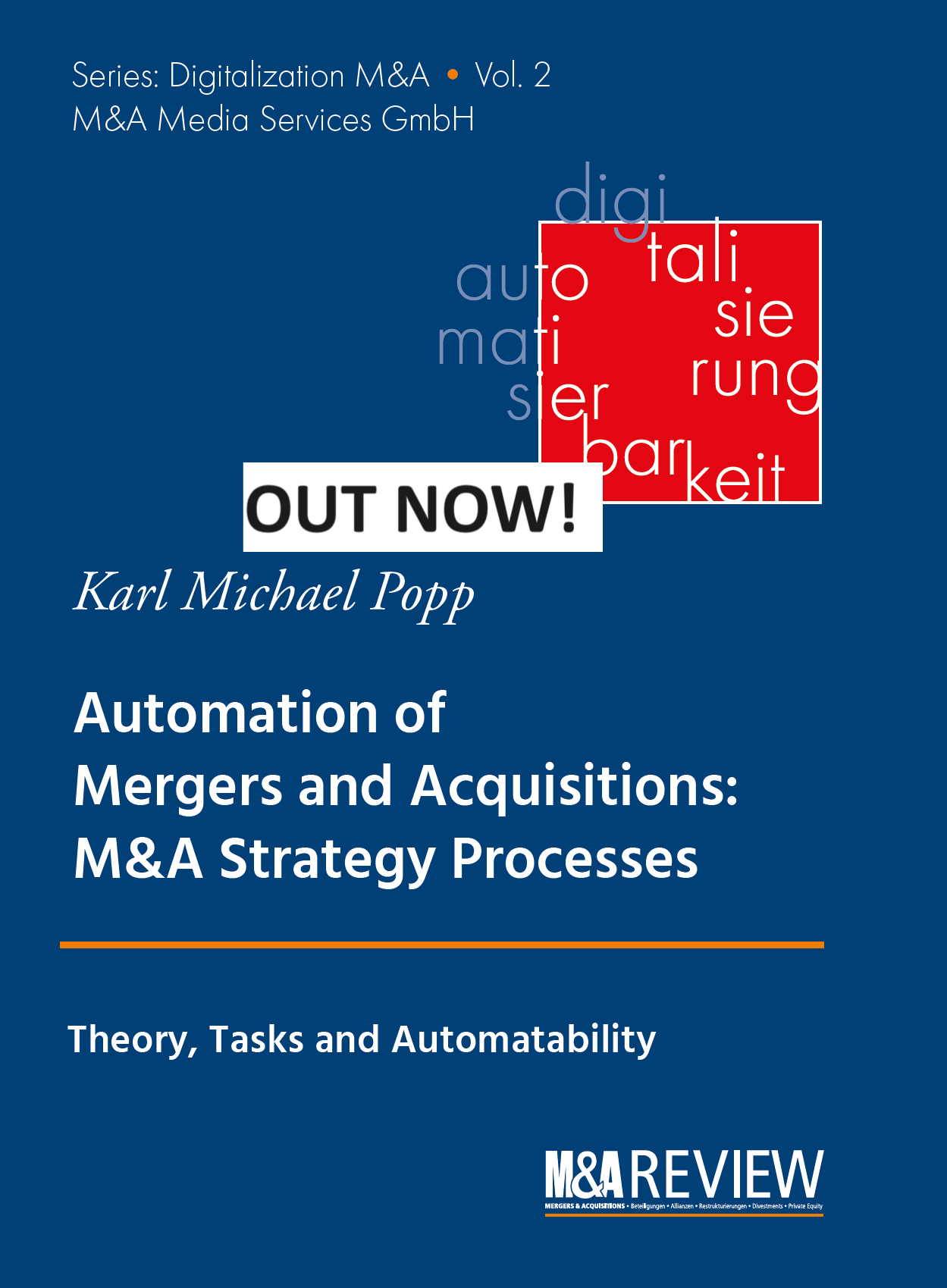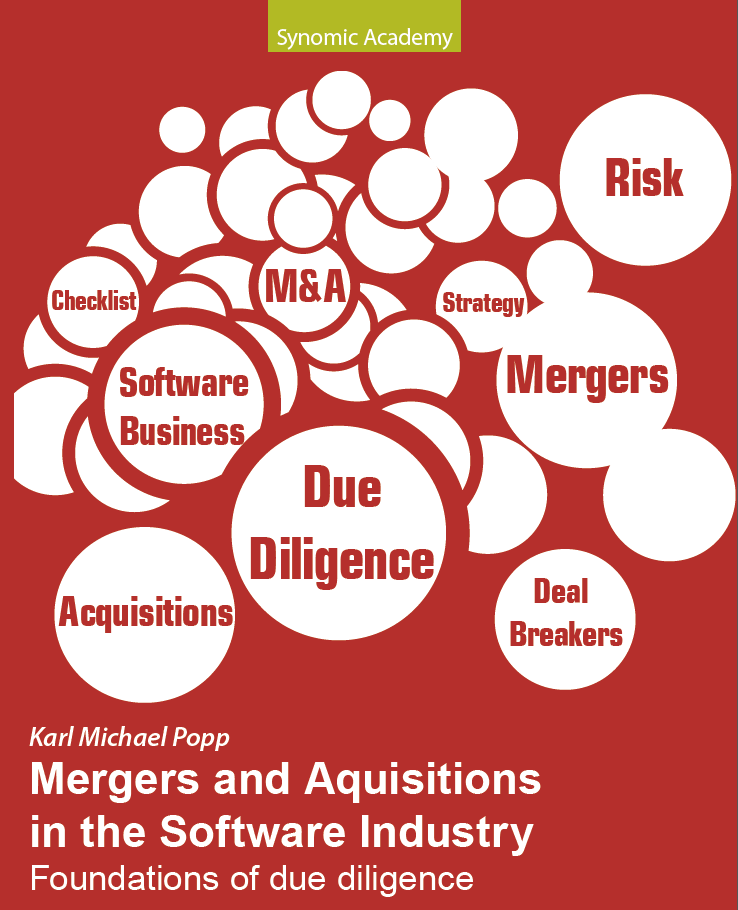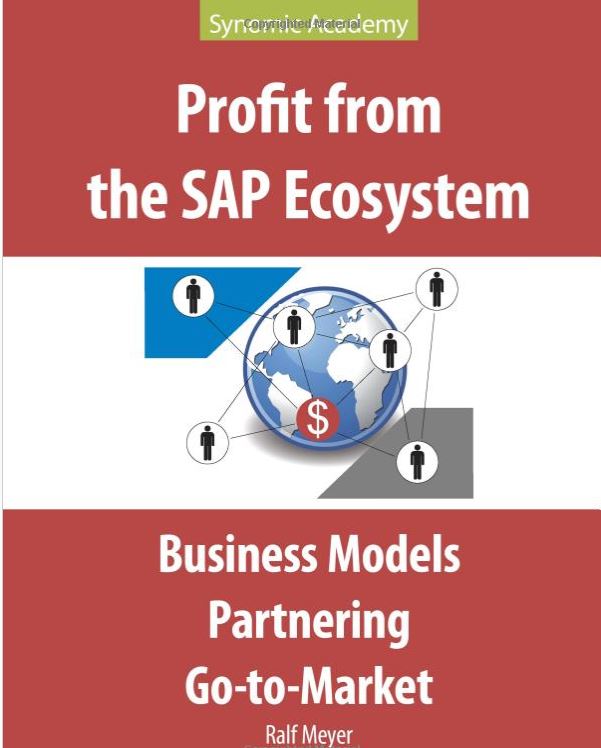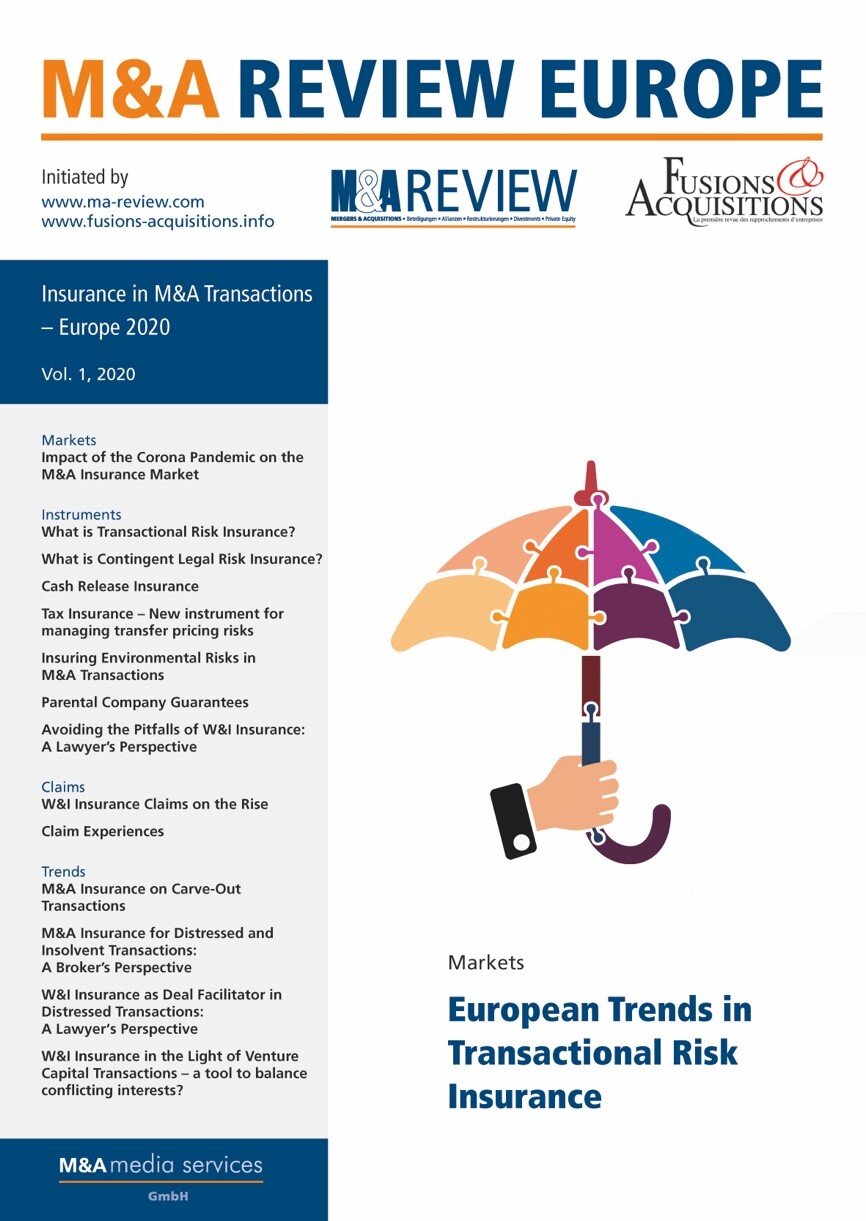International Transfer Pricing for Intellectual Property in Global Corporations
This blog is in the Top 25 M&A blogs worldwide according to Feedspot
In the intricate world of international business, transfer pricing has become a pivotal practice, especially with intellectual property (IP) playing a central role in corporate strategies. This blog post explores the nuances of transfer pricing related to IP within global corporations and why it matters.
Understanding International Transfer Pricing
Transfer pricing refers to the rules and methods for pricing transactions between enterprises under common ownership or control. The prices set for these intra-company transactions have profound implications on taxable income across different jurisdictions.
The Role of Intellectual Property
Intellectual property is a significant driver of value and competitive advantage for many companies. With assets like patents, trademarks, and copyrights, companies can protect their innovations and monetize them through licensing or sales. Transfer pricing becomes essential in transactions involving these valuable intangibles.
Importance for Global Corporations
- Tax Optimization: Effective transfer pricing strategies help corporations allocate profits among different jurisdictions to minimize overall tax liability. By transferring IP-related costs and revenues to favorable tax environments, corporations can leverage tax savings.
- Regulatory Compliance: Transfer pricing regulations ensure that transactions are conducted at arm's length to prevent base erosion and profit shifting (BEPS). This compliance is crucial to avoid legal penalties and protect corporate reputation.
- Profitability and Cash Flow: By strategically pricing intercompany transactions, global businesses can optimize their financial performance and improve cash flow, ensuring funds are available where needed most.
Approaches to Transfer Pricing for IP
- Income Method: Often used for IP valuation, this approach projects the future cash flows that an IP is expected to generate and discounts them to present value.
- Comparable Uncontrolled Price (CUP) Method: This involves comparing the price charged in a controlled transaction to the price in a comparable uncontrolled transaction to ensure arm’s length pricing.
Challenges
- Valuation Complexity: Determining the appropriate value for IP can be challenging due to its intangible nature and unique characteristics.
- Global Variation: Transfer pricing rules and enforcement vary widely across jurisdictions, requiring comprehensive understanding and management.
Conclusion
For global corporations, meticulously strategized transfer pricing of intellectual property is not just a tax-saving tool but a critical component of sound international business practice. As global markets continue to integrate and evolve, corporations must adeptly manage these pricing strategies to align with economic realities and regulatory demands.
Are you interested in IP-based analytics sign up below and we will get back to you.
This relates to my new book “Automation of Mergers and Acquisitions“.









